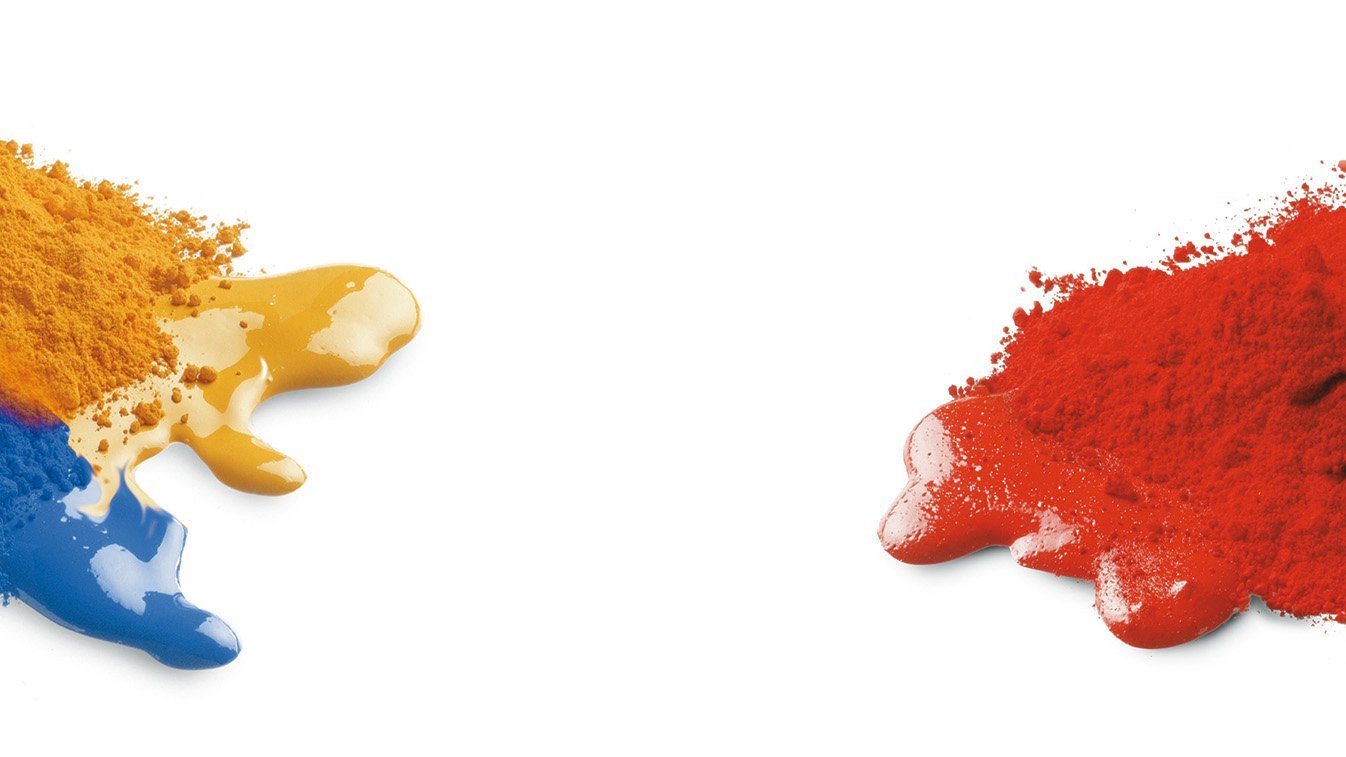
Pigments are usually incorporated in the coating in the form of dry pigment powders. The pigments are not primary particles, they are agglomerates. Agglomerates represent pigment “groupings” in which the spaces between the individual pigment particles contain air and moisture. These individual pigment particles are in contact with one another only along their edges and corners. Interactive forces between the particles are relatively small so that such forces can be overcome by traditional dispersing units. In the case of pigment dispersion, the pigment agglomerates are broken up by impact and shearing forces, which ideally lead to primary particles.
During this process, energy is supplied to the coating system and therefore smaller particles are formed, with a larger interface to the resin solution. The system then endeavors to escape this energy-rich state in order to revert to its previous low-energy state: the finely distributed pigments come back together to form larger structures which are then known as flocculates. This is expressed, for example, by the reduced color strength, decreased gloss, and altered rheology. In terms of structure, the flocculates are very similar to the agglomerates; nevertheless, the interstitial spaces between the pigments are now filled with a binder solution rather than air.
On this website we use cookies and similar functions to process end device information and personal data. The processing is used for purposes such as to integrate content, external services and elements from third parties, statistical analysis/measurement, personalized advertising and the integration of social media. Depending on the function, data is passed on to up to 9 third parties and processed by them. This consent is voluntary, not required for the use of our website and can be revoked at any time using the icon on the bottom left.